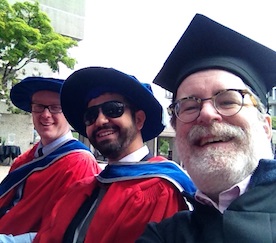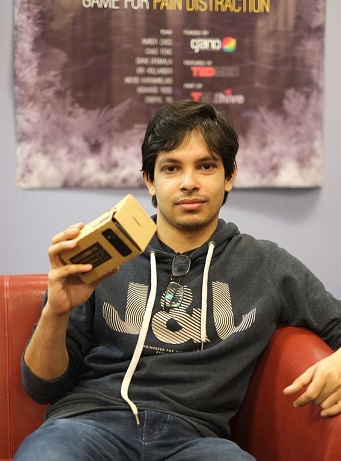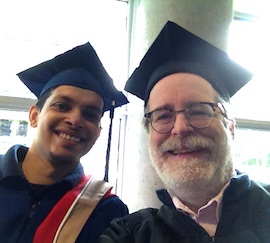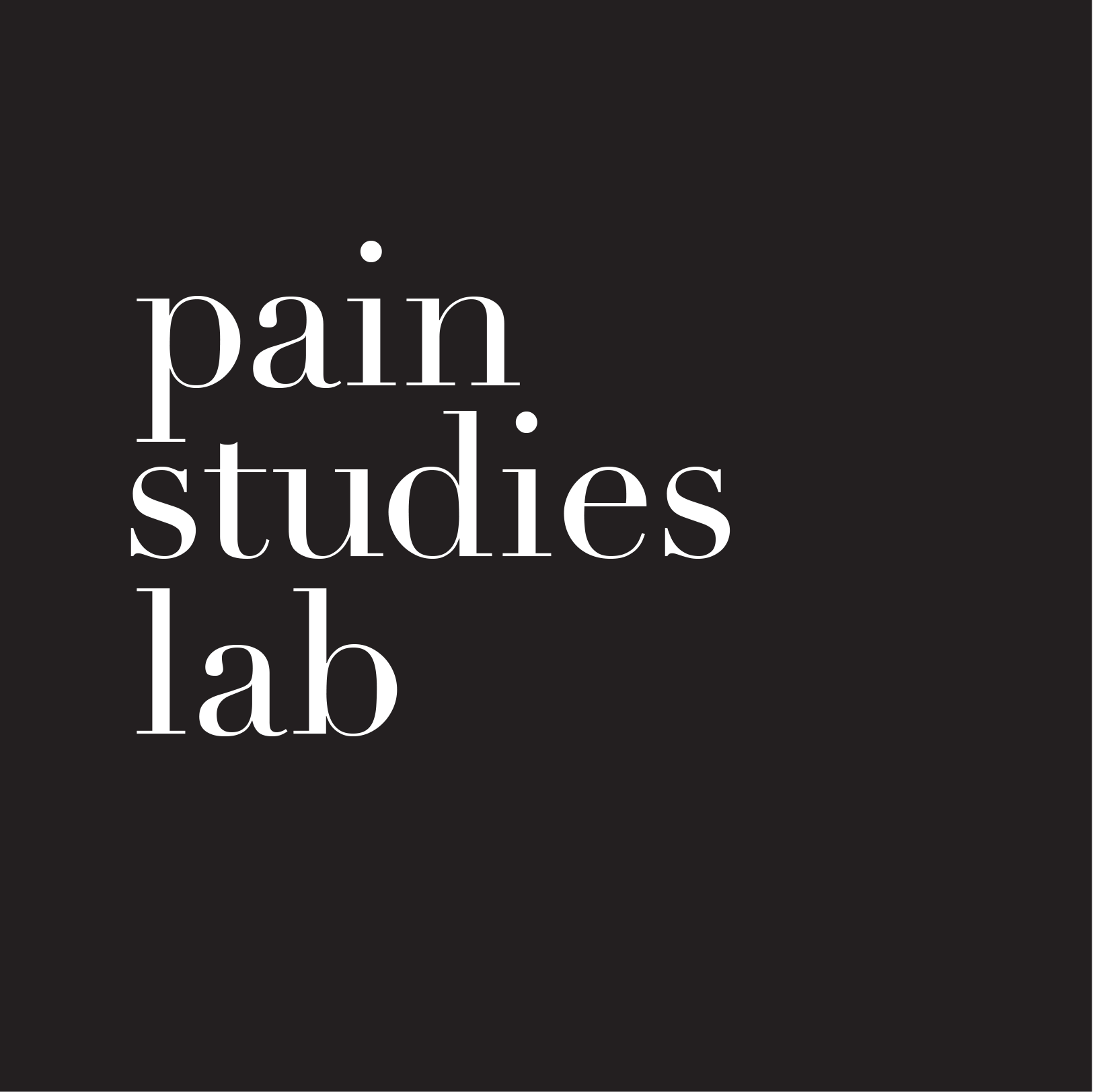
Mark Nazemi
Before earning his Ph.D., Mark Nazemi served as a long-time Research Assistant (RA) in the Pain Studies Lab. There, he contributed his formidable talent in music and sound design to VR systems developed for chronic and acute pain, and to the lab’s numerous research studies. Notably, Mark verified what Dr. Gromala suspected: that chronic pain sufferers may have sensitivities to certain sounds. https://www.sfu.ca/fcat/blog/fall-2013/mark-nazemi.html
Mark’s senior supervisor was Dr. Diane Gromala and his committee members were sound walk pioneer and SFU faculty member Dr. Barry Truax and psychophysiologist Dr. Steven Barnes from UBC. Dr. Jillian Scott, a notable expert in the transdisciplinary field of art, science and technology interactions served as the external examiner at Mark’s defence. https://www.jillscott.org/
Mark Nazemi’s Ph.D. thesis title: Soundscapes as Therapy: An Innovative Approach to Chronic Pain and Anxiety Management
Most recently, Mark founded the R&D start-up company, Intentions Lab where he explores “the different ways we can use sound and technology to develop non-invasive ways of reducing anxiety and pain.”
http://theintentionslab.com/
http://www.solidbass.com/

After working for several years as a UXUI designer, Ashfaq Amin joined SIAT and earned a Master of Science degree (MSc). As an RA in the Pain Studies Lab, Ash conducted studies about Mobile VR, otherwise known as “Cardboard VR.”
This form of VR display uses a smartphone and is comparatively inexpensive — and thus more accessible than popular VR head-mounted displays (HMDs) such as the Oculus Rift or HTC VIVE.
Surprisingly, participants in Ash’s research studies found that their VR experiences using mobile VR were nearly equal to their experiences in more expensive VR displays. Ash conducted studies among chronic pain patients (plus a control group) in one study, and among “healthy” users in another study.
Ash’s peer-reviewed papers were extraordinarily popular online, capturing the attention of hundreds as soon as they were posted.
Ashfaq Amin’s MSc. thesis title: Effectiveness of Mobile Virtual Reality as a Means for Pain Distraction
Ash now has a nifty UXUI job in Toronto.
http://ashfaqamin.com/

Ashfaq Amin with Dr. Chris Shaw.
